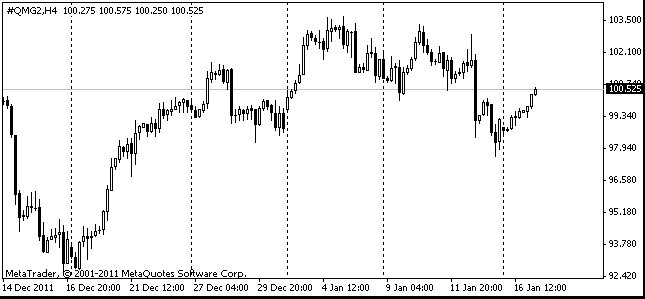EUR/usd
A tug of war between bears and bulls has ended in victory for bears. The stock markets have declined sharply: the American exchanges have lost by more than a percent and the Asian markets have fallen by approximately two percents. The reason why the US exchanges have taken up a defensive position is quite clear: earlier that day the indices hit the highest level for the last 5 years. With such a background it was logical to expect profit taking. Here we should also consider the fact that the rally in the American market has been exemplary for too long and thus wanted a corrective move. Earlier we expected that the market would hit the levels from which it had started the rally after the QE3 announcement and would go up. But now it looks as if traders were staking on a bigger retracement. Formally, this corrective selling was triggered by the message that three Spanish regions had asked for a bailout overall of €5bln. Actually, this request shouldn't be a formidable task for the bailout fund, as earlier it announced its readiness to issue up to €8bln to the government. The main thing about this situation is a precedent. Technically the bears' victory in the struggle for 1.29 clears the way to lower levels. It's quite likely that already today the single currency will cost $1.28. Turning to the fundamental data, here America is at its best. The S&P/Case-Shiller 20 City Home Price Index is consolidating its grip in the positive area. The annual growth rate makes 1.2%. A year ago this very index reflected a 4% decline. The consumer sentiment has proved to be a bit more optimistic than expected. The CB Consumer Confidence has risen from 61.3 to 70.3. The similar upsurge was last seen in February, when even Bernanke was sure about the economic indicators. The optimism of consumers is growing due to the rise of the stock exchanges to long-term highs and the launch of the QE programme. It only remains to see what performance the index will demonstrate if the stock exchanges enter the phase of a continuous deep correction.

GBP/USD
The situation with the British pound is pretty much the same. The scale has tilted towards selling. The sterling has fallen below 1.62 and at present is at 1. 6165. This level is a bit below the last-week support, so it is quite likely that selling will continue. The flight to liquidity was of great help to the British currency in the previous two months. The opposite phase of this move can drive GBP/USD into a deeper correction than other crosses. As to the news, we look forward to getting the final estimate of Britain's GDP which is scheduled to be released tomorrow. We will hardly see any changes there, and this means that the GDP for April – June will be set at -0.5% yearly and quarterly. We can expect a moderate growth only from the ending third quarter.

EUR/JPY
The defensive tone of trading in the stock markets couldn't but tell on the yen. Yesterday afternoon and this morning USD/JPY was trying to hit local lows below 77.70. The most interesting struggle is now observed in the euro/yen. The rates have come close to the level of 100. Earlier this month there was an attempt to break through the 200-day MA, however last week the quotes fell below this key level. We are waiting for the further decline to 93, which will be possible mainly due to the cheaper euro.

oil
Since last Friday Oil was trying to recoup its 10-dollar decline, however those clumsy attempts were stopped by the risk-aversion, which developed yesterday in the markets. The black gold is now at the lowest level for the last 8 weeks, this is 90.70 for WTI and the further decline by 7-10$ down to 80-83 looks as quite possible.
